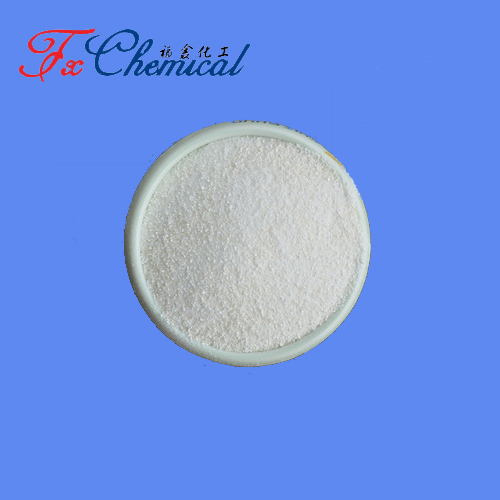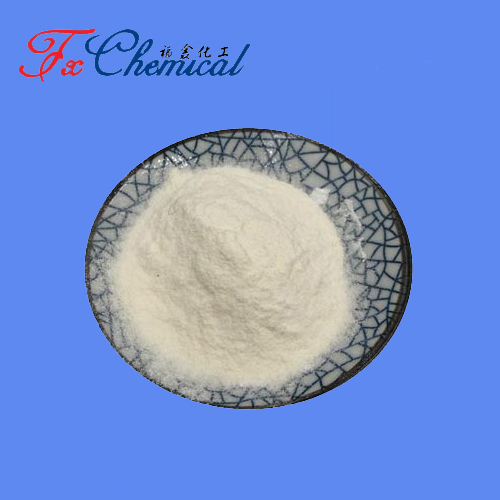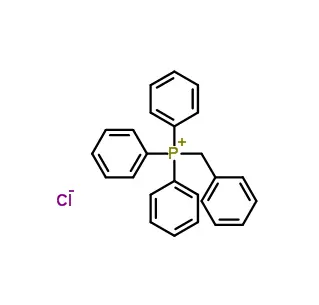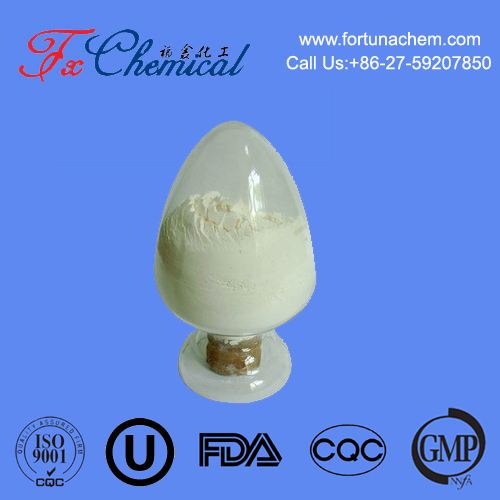
Search

Search



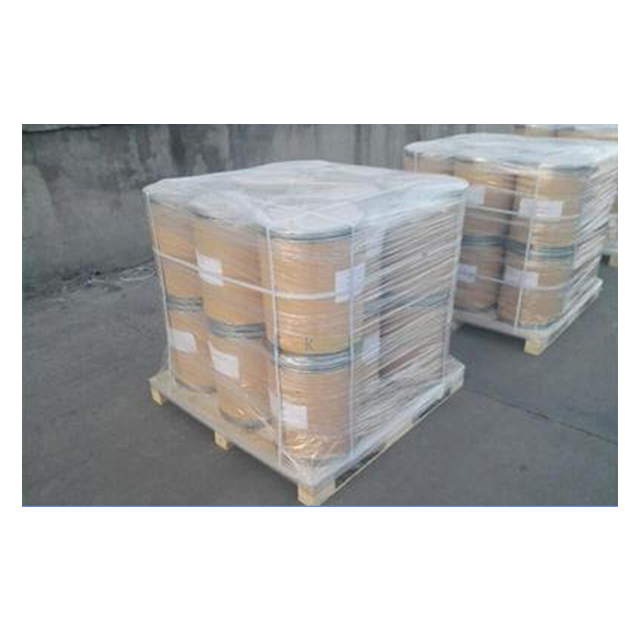
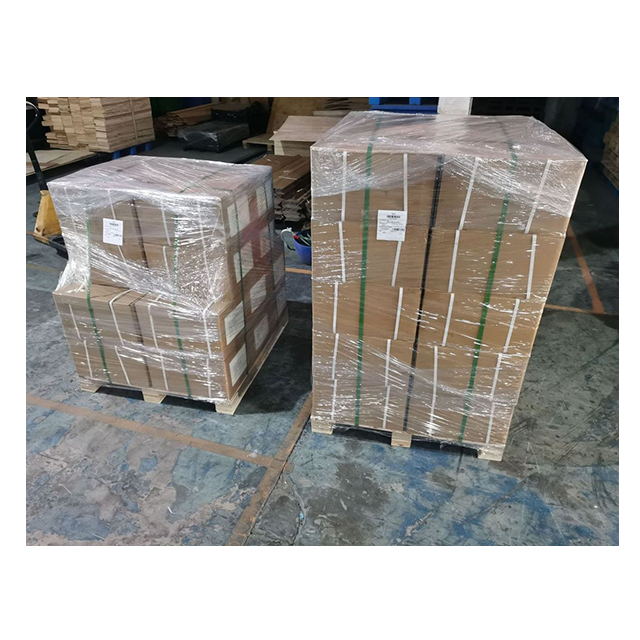
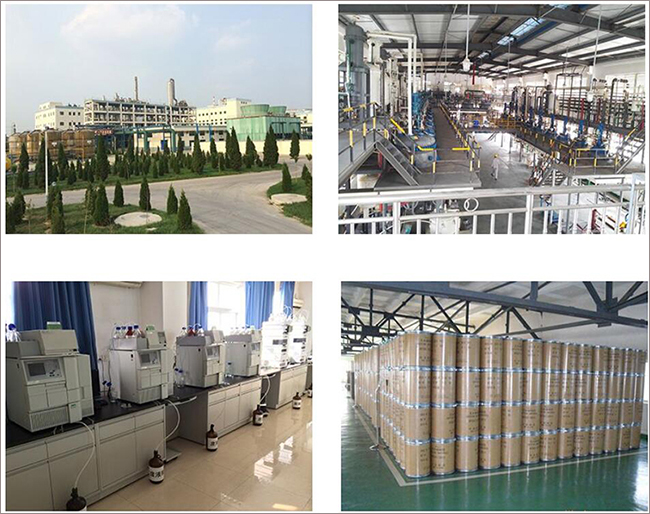





Introduction of Trisodium nitrilotriacetate.
Trisodium nitrilotriacetate (NTA) is a chemical compound with the molecular formula Na₃C₆H₆NO₆. It is the trisodium salt of nitrilotriacetic acid. Structurally, it consists of a central nitrogen atom bonded to three acetate groups, each of which is further bonded to a sodium ion. The compound is typically found as a white, water-soluble powder.
In aqueous solution, it dissociates into nitrilotriacetate anions and sodium cations. The nitrilotriacetate anion has a high affinity for binding metal ions, which is the basis for its chelating properties.
Trisodium nitrilotriacetate (NTA) is the sodium salt of nitrilotriacetic acid (NTA), a synthetic chelating agent used to bind and stabilize metal ions in various industrial, commercial, and laboratory applications. Below is a detailed breakdown of its properties, uses, and considerations:
Formula: C₆H₆NNa₃O₆ (sodium salt of NTA).
Structure: Contains three carboxylate groups attached to a central nitrogen atom, enabling strong metal ion binding.
Solubility: Highly water-soluble, making it effective in aqueous solutions.
Chelation Strength: Binds to divalent and trivalent metal ions (e.g., Ca²⁺, Mg²⁺, Fe³⁺), though weaker than EDTA (a common alternative).
Detergents & Cleaners:
Replaces phosphates in water-softening formulations (e.g., laundry detergents) to prevent metal ions (Ca²⁺, Mg²⁺) from interfering with cleaning.
More biodegradable than phosphates but less effective than EDTA.
Water Treatment:
Prevents scaling in boilers and pipelines by sequestering metal ions.
Used in cooling systems and industrial wastewater treatment.
Textile & Paper Industries:
Controls metal ions in dyeing processes to improve color fastness.
Stabilizes bleaching agents in pulp/paper production.
Analytical Chemistry:
Chelates interfering metal ions in titrations or spectroscopic analyses.
Photography:
Used in developing solutions to stabilize chemicals.
Agriculture:
Micronutrient delivery in fertilizers (binds and releases metals like Fe³⁺ or Zn²⁺).
Nuclear Industry:
Decontamination agent for radioactive metal ions.
Toxicity:
Low acute toxicity but linked to kidney damage and carcinogenicity in animal studies (high doses or prolonged exposure).
Classified as a Group 2B carcinogen (possibly carcinogenic to humans) by IARC.
Environmental Impact:
Biodegradable but may mobilize toxic heavy metals (e.g., Cd, Pb) in soil/water.
Banned or restricted in household products in some regions (e.g., EU limits in detergents).
EU: Restricted in consumer products (e.g., detergents) under REACH regulations.
US: Regulated by EPA; allowed in industrial applications with controlled disposal.
Alternatives: EDTA and citric acid are often preferred due to safety concerns.
Pros:
Effective metal chelator with higher biodegradability than EDTA.
Cost-effective for industrial scaling.
Cons:
Potential health/environmental risks limit its use in consumer goods.
Weaker chelation compared to EDTA or DTPA.
Trisodium nitrilotriacetate is a versatile chelator primarily used in industrial cleaning, water treatment, and niche technical applications. While valued for its biodegradability and cost efficiency, its use is constrained by toxicity concerns and regulatory restrictions, favoring safer alternatives in consumer-facing products.

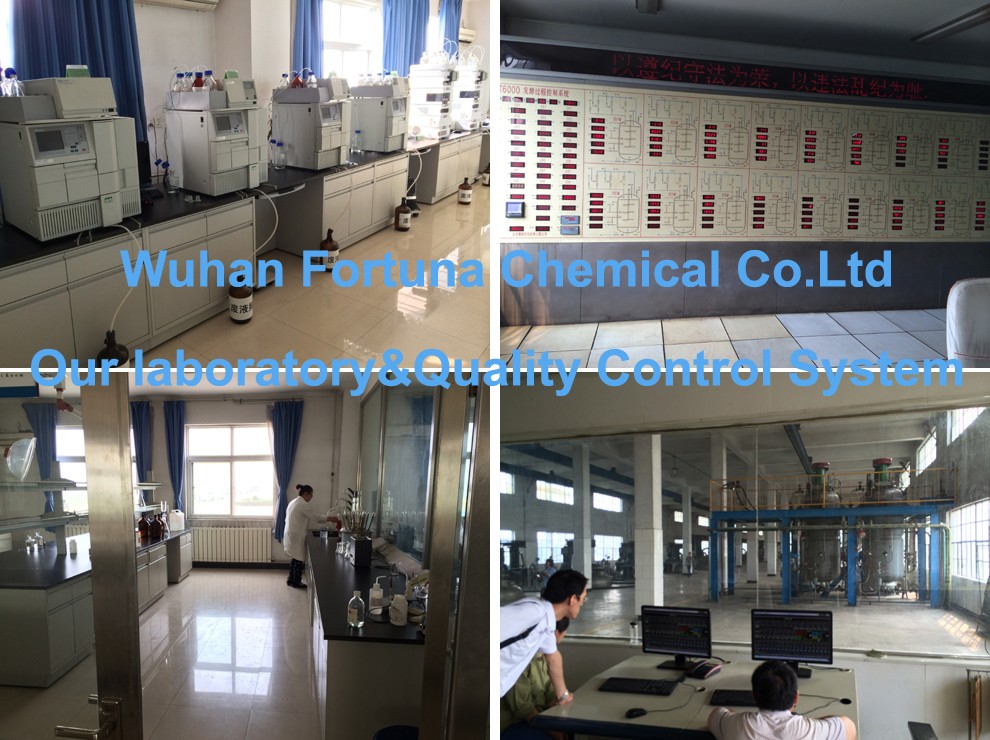
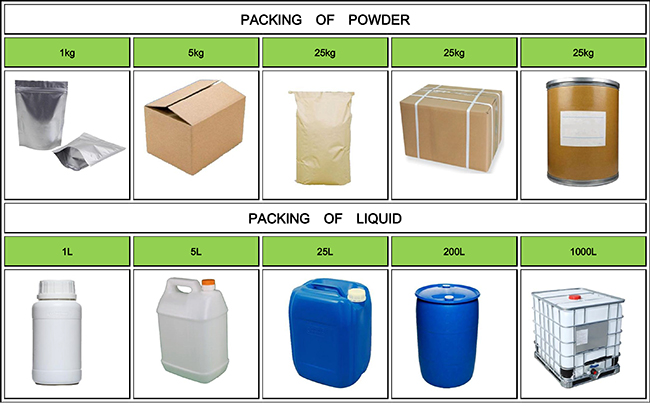

Fortunachem Provides Not Only Professional Chemical Products But Also Professional Help
Keeping you up-to-date with all the latest information, news, and events about Fortunachem!

Quick Links
Add:
E-mail:
 English
English  Español
Español  français
français  العربية
العربية 